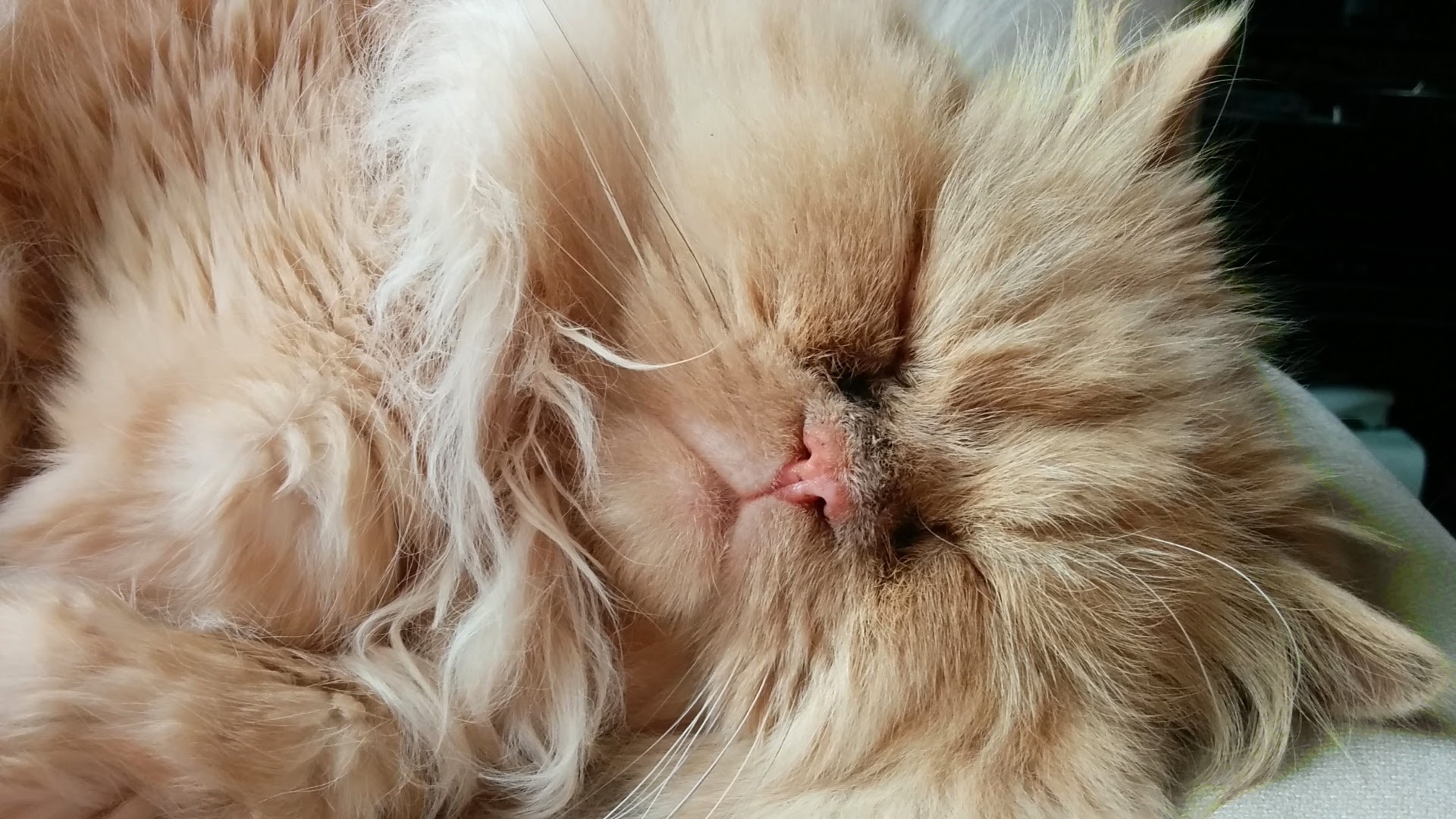Don’t hold your breath for allergy-free cats

Two US companies say they plan to use gene editing to modify cats so they don’t cause allergies.
Indoor Biotechnologies, based in Charlottesville, Virginia, and Felix Pets, outside of Denver, each say they have filed patents on the idea and that early experiments are under way.
Allergy sufferers probably shouldn’t count on sneeze-free cats soon, though. Both efforts remain small, and cat lovers have been disappointed before.
Back in 2009, a company called Allerca received wide media attention when it promised to use genetic tests to deliver allergy-free kittens. The cost of the cats reportedly ranged from $4,000 to more than $7,000 each.
Yet Allerca’s promises were apparently hollow. In 2013, an ABC report found that a kitten Allerca tried to sell reporters was an ordinary cat from a local pet breeder. (Allerca did not respond to attempts at contact.)
Gene modification remains an alluring solution to the allergy problem. Other treatments are imperfect: allergy shots can have spotty results, and clinical trials to develop a vaccine have failed. “Hypoallergenic” cat breeds will still make your eyes water.
By and large, people who have cat allergies are reacting to a single protein known as Fel d 1, which probably has a role in keeping cats’ skin healthy and may also interact with their hormonal systems. Male cats make the most Fel d 1; neutered toms make slightly less, and female cats less than that.
Martin Chapman, the CEO of Indoor Biotechnologies and a former professor of medicine and microbiology at the University of Virginia, says ever since scientists identified the protein, they’ve wondered “what would it be like if we could really get rid of [it].”
Gene editing now makes that easy to do, in theory. Chapman says his lab hopes to use the gene-editing tool CRISPR to try to remove the gene that makes Fel d 1 from cat cells.
However, it’s still not simple to actually generate an edited cat, a process that could involve cloning and working with embryos.
“Getting actual animals is likely the harder part, not editing the genes,” says Peggy Ozias-Akins, a horticulturist at the University of Georgia and director of the Institute of Plant Breeding, Genetics, and Genomics, who has worked on creating a less allergenic peanut.
There are also lingering questions about whether cats without Fel d 1 will be healthy. No one is sure what will happen to a cat’s body if the gene is removed.
David Avner, founder of Felix Pets, says he has been trying to make an allergy-free cat since about 2004 on a shoestring budget. He says investors like the idea but want to see a cat before they invest.
“Everyone understands it right away—they’re enamored with it,” says Avner. “They want to be a part of it—once the animal is produced and they’re assured that it’s allergen free, like we claim.”
Deep Dive
Biotechnology and health
How scientists traced a mysterious covid case back to six toilets
When wastewater surveillance turns into a hunt for a single infected individual, the ethics get tricky.
An AI-driven “factory of drugs” claims to have hit a big milestone
Insilico is part of a wave of companies betting on AI as the "next amazing revolution" in biology
The quest to legitimize longevity medicine
Longevity clinics offer a mix of services that largely cater to the wealthy. Now there’s a push to establish their work as a credible medical field.
There is a new most expensive drug in the world. Price tag: $4.25 million
But will the latest gene therapy suffer the curse of the costliest drug?
Stay connected
Get the latest updates from
MIT Technology Review
Discover special offers, top stories, upcoming events, and more.